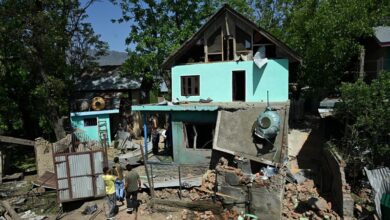Kolkata, Delhi, And Ahmedabad Are Among The Most Unsustainable Megacities In The World

The world will add at least 14 new megacities by the middle of the century as 10 billion people are projected to swarm into metropolitan areas, many of which will be vulnerable to dangers including food and water insecurity, conflict, high crime rates, and climate-related calamities like flooding and drought.
By 2050, each of these expanding cities will have a population of more than 10 million, joining the 33 already-existing megacities. However, the quick speed of urban expansion in general, as well as their ascent, is unsustainable, according to a report released on October 19 by the international think tank Institute for Economics and Peace. These factors include ecological risks and a lack of societal resilience.
By the middle of the century, the world is anticipated to have at least 14 new megacities, each having a population of more than 10 million.
Sub-Saharan Africa, which is expected to house 2.1 billion people over the next thirty years, will have the fastest-growing metropolis. Five of the 20 new and established megacities that are most at risk are located in this region, the report states. Kinshasa, in the Democratic Republic of the Congo, Nairobi, Kenya, and Lagos, Nigeria, all of which might expect population growth in their metro areas of at least 80%, are among the most unsustainable.
The population of every megacity in South Asia will increase by at least 50%. At least eight cities, including Dhaka, Bangladesh; Lahore, Pakistan; Kolkata, and Delhi, are named in the research as being among the most unsustainable.
News Mania Desk






